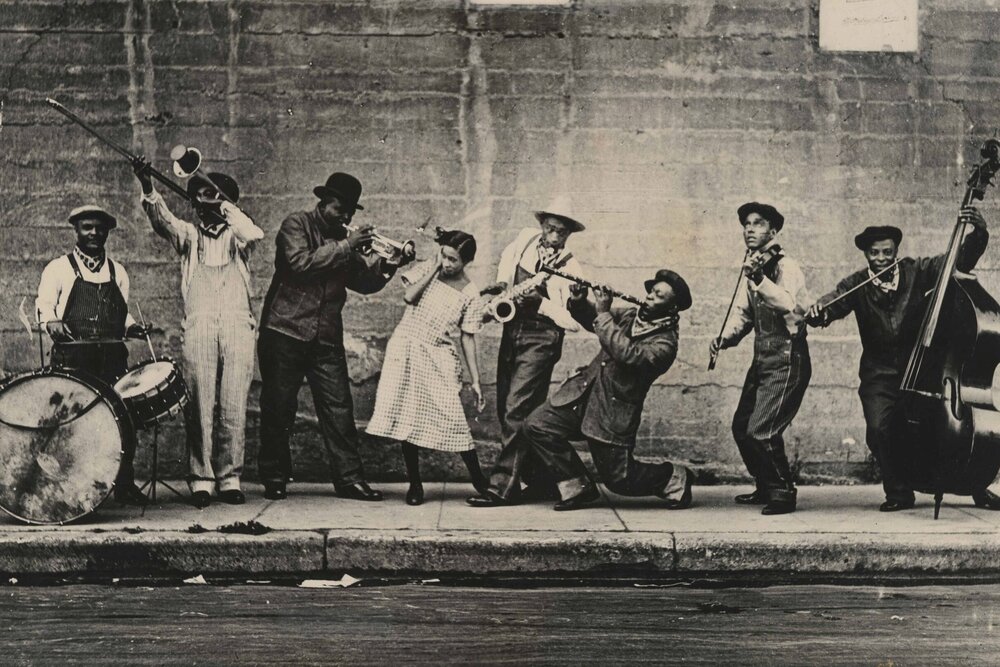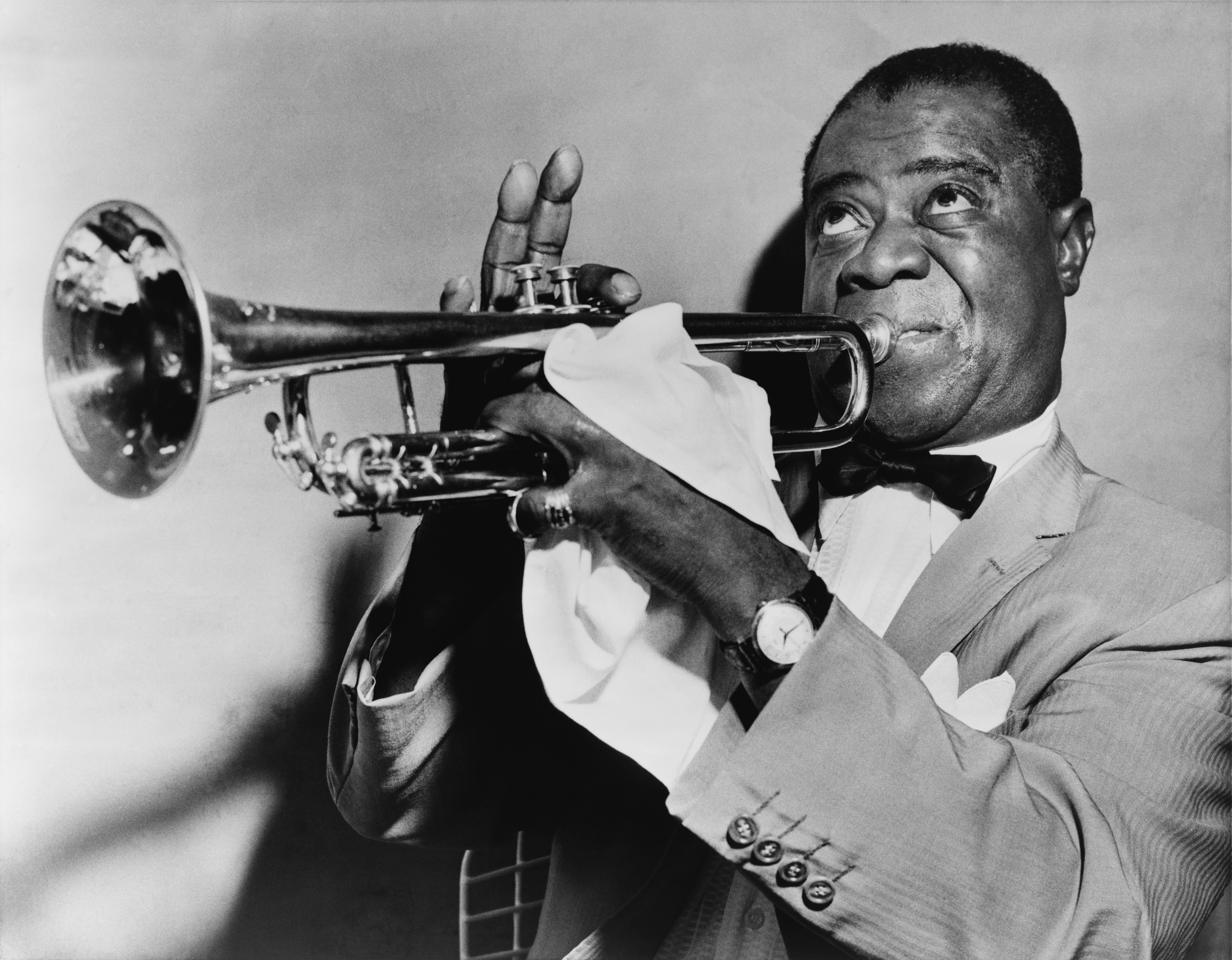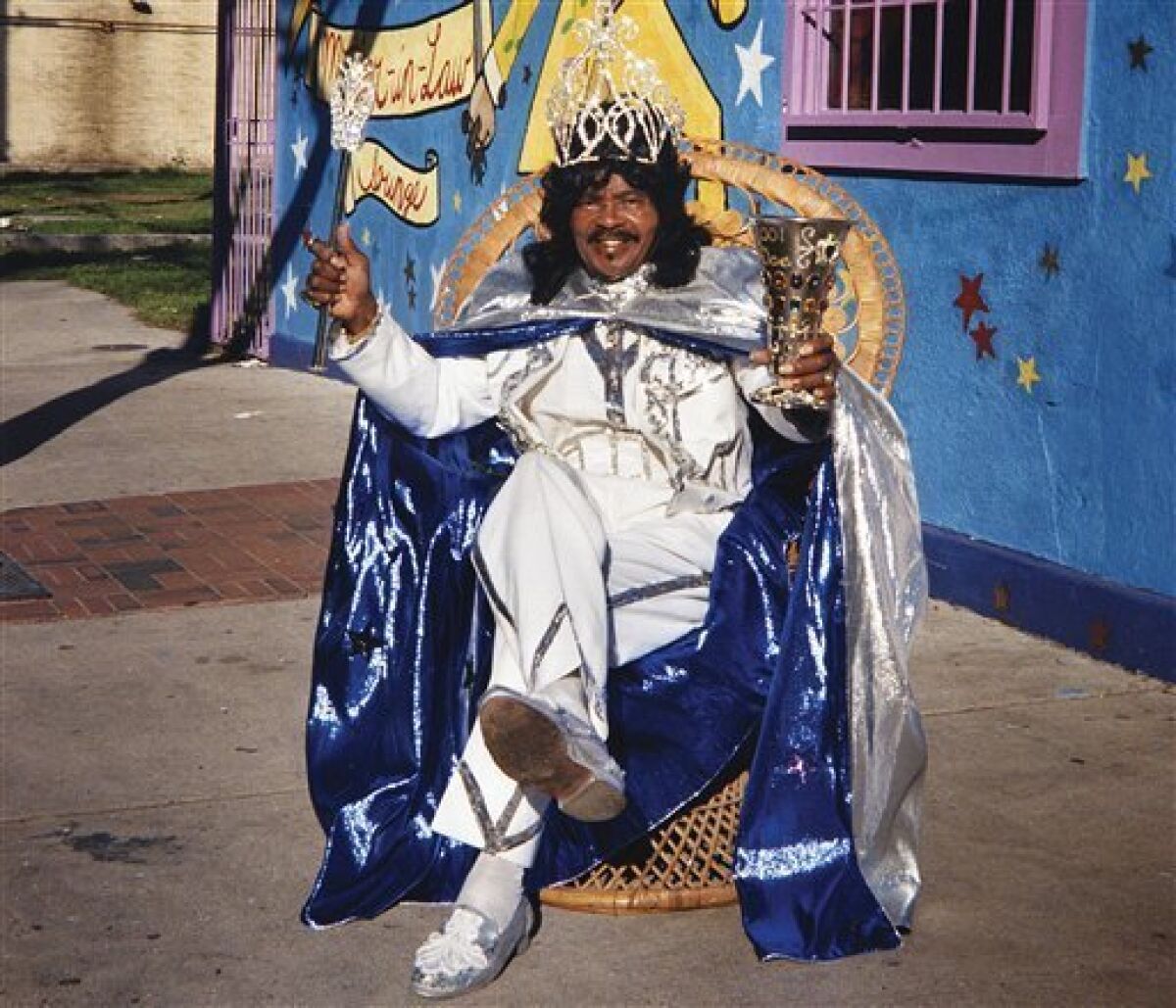The best type of Jazz is the homeland of Jazz; New Orleans. New Orleans jazz has a swinging, stomping, syncopated beat that makes you want to dance!

Why is New Orleans known for Jazz?
Jazz is a byproduct of the singular cultural environment that existed in New Orleans during the late 19th and early 20th centuries. This environment included the remnants of French and Spanish colonial roots, the resilience of African influences after the era of slavery, and the influx of immigrants from Europe. All of these factors contributed to the creation of jazz.
Dixieland AKA New Orleans Jazz
Dixieland, in music, a jazz style commonly attributed to New Orleans jazz pioneers, but equally descriptive of techniques refined by slightly later Chicago-area players. The phrase also applies to traditional jazz, which saw a popular comeback in the 1940s and has been played into the twenty-first century.
New Orleans jazz Consist of
Typically, the lead instruments in traditional New Orleans jazz are a cornet (or trumpet), clarinet, and trombone, and they play polyphonically with varying degrees of improvisation (without distorting the melody), while the rhythm section is made up of a piano (although rarely before 1915), guitar (or, later, banjo), bass (or, later, tuba), and drums, delivering syncopated rhythms for dancing.
The Top Three Musicians in New Orleans

Louis Armstrong was a prestigious trumpeter and one of the most influential jazz performers of all time from the 1920s until the 1960s, when he passed away. His career spanned from the 1920s to the 1960s. The musician was known as “Satchmo” because to his distinctive gravelly voice and his ability to improvise on the fly, both of which earned him the nickname.

Allen Toussaint was a well-known and much-loved figure in the world of music. He was also a respected and well-liked part of the local community, and he was often seen driving around town in one of his numerous vintage automobiles while smiling and waving to those he passed. The decade of the 1950s marked the beginning of the fruitful career of the well-known musician, composer, arranger, and producer. Throughout the years, he recorded with a variety of musicians, including those from his home town as well as international luminaries such as the Rolling Stones and The Who. His life was dedicated to music right up until the moment he passed away at the age of 77 when he was on tour in Spain.

One of the biggest singles to come out of New Orleans was recorded by Ernie K-Doe (born Ernest Kador Jr.), and it was the 1961 No. 1 Billboard smash “Mother-in-Law” (written by Allen Toussaint). Antoinette, his wife, was the one responsible for his colorful wardrobe, which included a bright pink tuxedo and a gold cloak. Before his untimely demise in 2001, he was performing regularly at his own Mother-in-Law Lounge, which he founded in 1994.
In Conclusion
New Orleans jazz is without a doubt the greatest form of jazz. The joy of New Orleans jazz is that old jazz and its purveyors continue to influence those who perform today.

